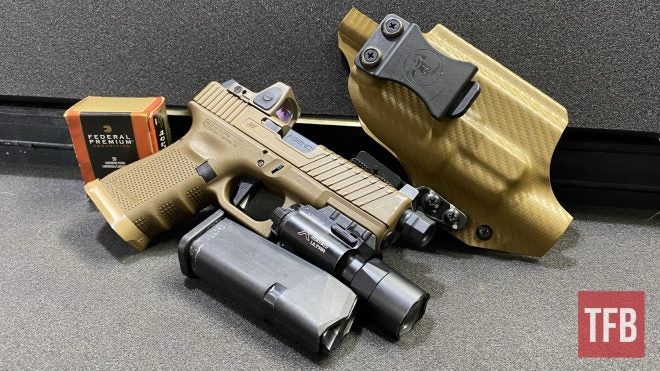Welcome back to another edition of Concealed Carry Corner. Last week, I took a look at various pistol types and talked about how reliable those systems are over time. If you missed last week’s article, I’ll leave a link to that article here so jump in there and let me know your thoughts. A reoccurring question I get fairly often is if I buy specific self-defense ammo for every carry gun or if I have a general round I use across the board. It’s an interesting discussion since there are some out there who believe self-defense ammunition isn’t necessary for a carry gun. Let’s take a closer look at the facts when it comes to important ammo choices.
Concealed Carry Corner @ TFB:
- Concealed Carry Corner: Pistol Type Reliability Over Time
- Concealed Carry Corner: Consumable Carry Items
- Concealed Carry Corner: New Dry Fire Methods
- Concealed Carry Corner: The Dangers of Carrying Concealed
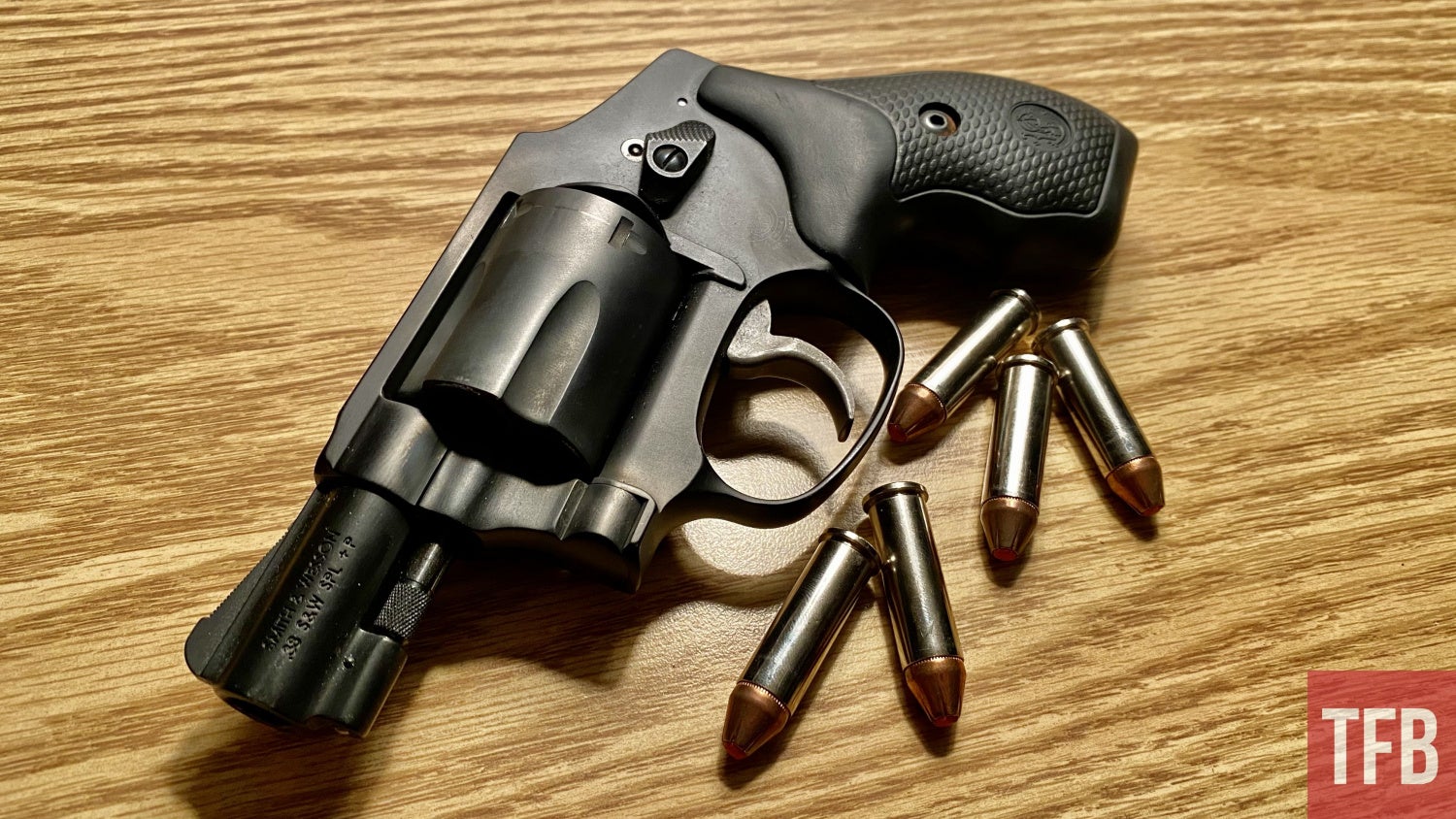
Ammo Types and +P Ammunition
When it comes to self-defense ammunition, the sky is the limit with various manufacturers and ammo types. There’s a different round for any type of situation, whether that’s maximum energy transfer, barrier penetration or big game rounds, there’s a round out there for you. I get a number of questions talking about the difference between standard-powered rounds and +P ammunition. The biggest factor in choosing between a regular or +P round is whether or not your handgun is rated for hotter-loaded ammunition. A simple google search on the firearm model will give you a definitive answer whether or not your gun is rated for +P ammunition.

If you’re someone who’s recoil sensitive, I would most likely stay away from the hotter loaded ammunition. In other really small guns, they sometimes don’t like the +P loaded ammunition which is the reason why it’s so important to test your ammo out before carrying it. Some lightweight micro-carry guns are almost uncontrollable with the hotter loaded self-defense ammo, so it’s incredibly important to test your ammunition before carrying it on a regular basis. When it comes to my carry guns, I don’t typically change manufacturers depending on the gun. My two main choices will typically be either a 124gr +P Federal HST or SIG V-Crown hollow point for the vast majority of my guns. If I run into reliability problems with certain rounds, I may try to pick up a different box of self-defense ammo. The vast majority of my guns though run those two rounds.
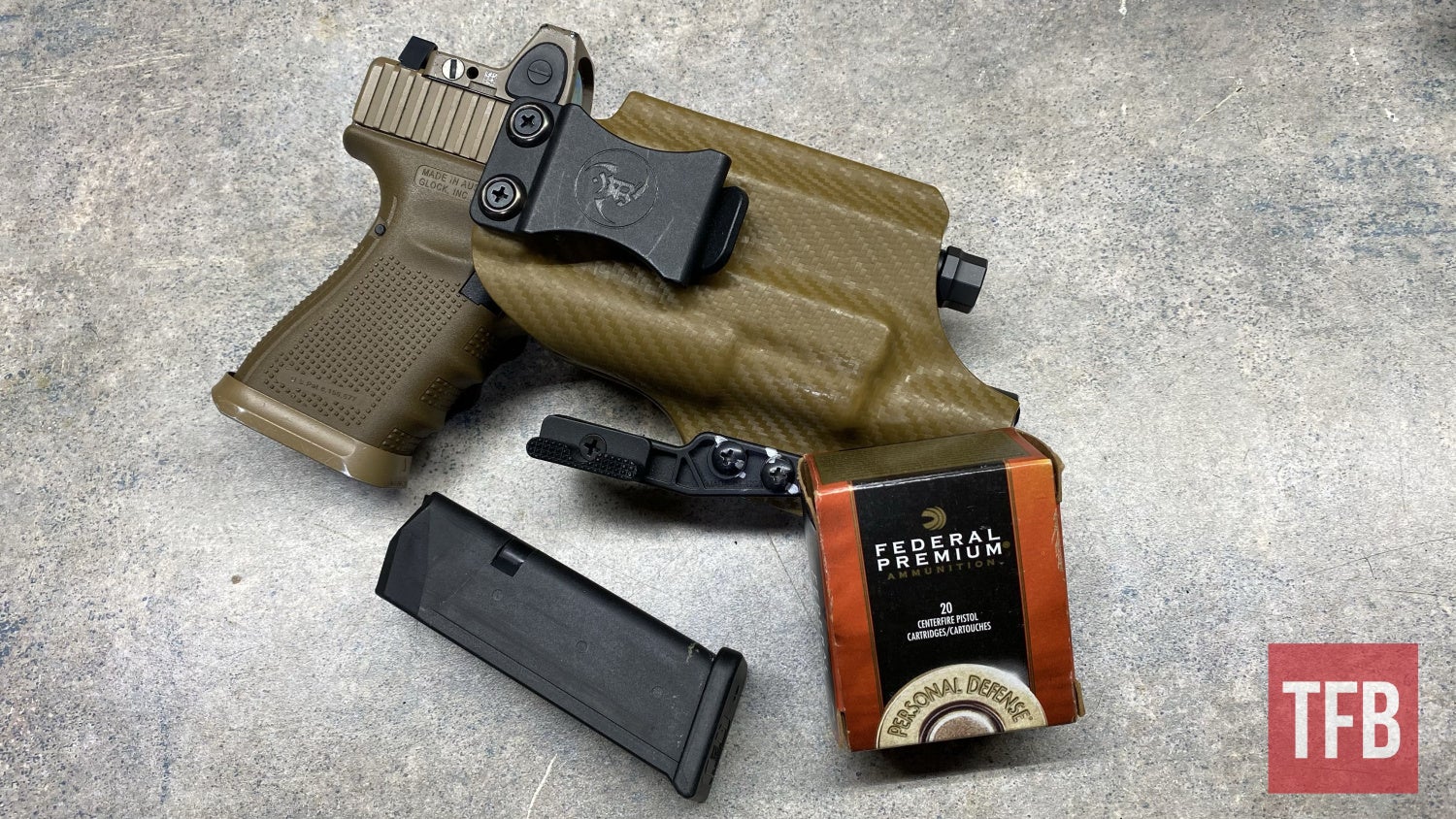
Hollow Points
One of the most common ammo types is hands down the hollow point round. These have changed slightly over the last few years in order to enhance energy transfer and shy away from overpenetration with rounds like these. The name of the game for hollow points is energy transfer in the least amount of space possible. Modern hollow points have been tweaked by state-of-the-art technology to push as much energy into their target improving shock to the body and creating an even more effective stopping round. The advancements in 9mm have been so drastic in the last 25 years that most law enforcement agencies and departments have switched back to 9mm from 40 S&W for the savings in training ammo and stopping power of modern self-defense rounds.
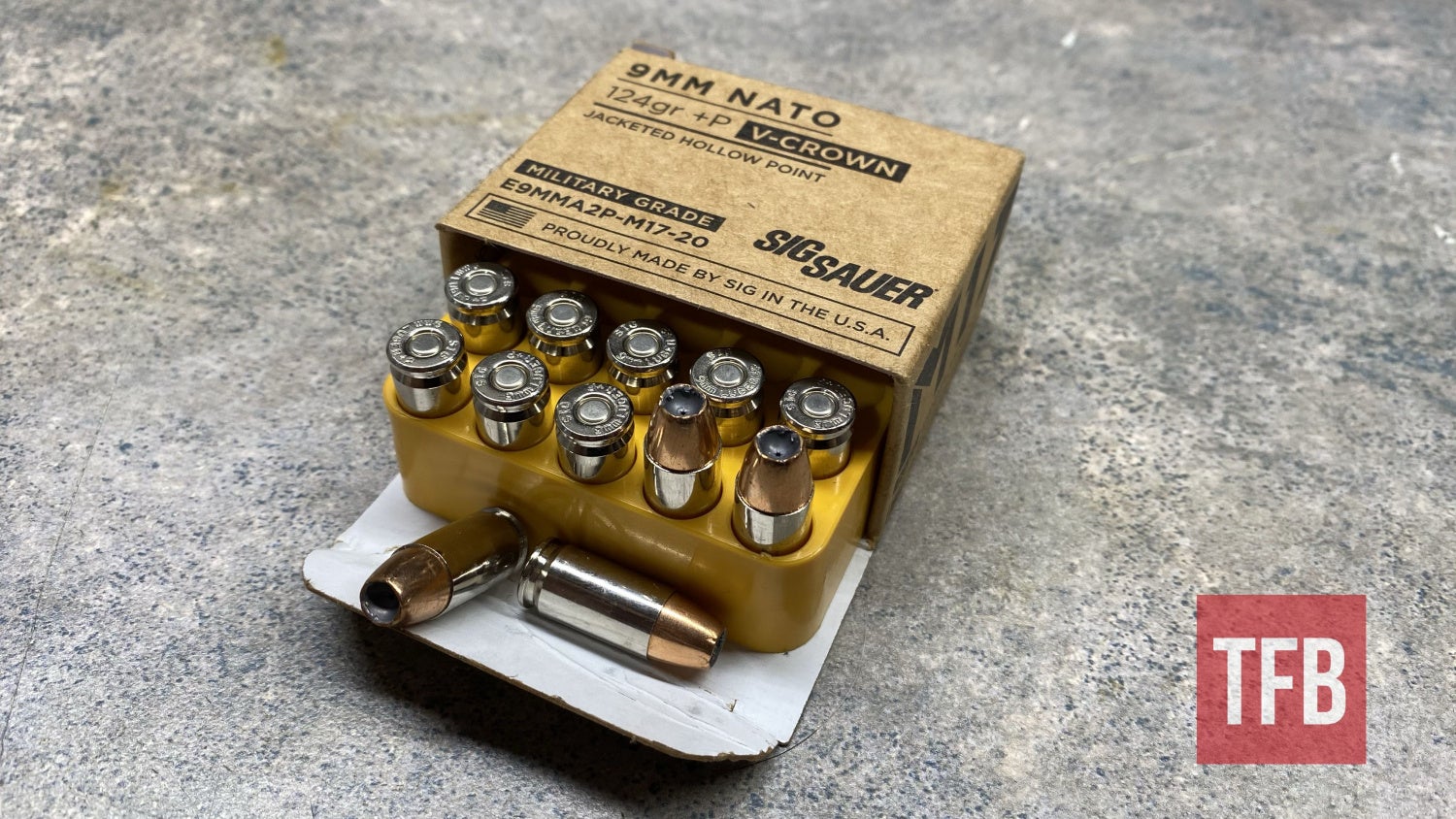
The biggest thing to look for with hollow points is reliability in your firearm. Certain guns just don’t like various rounds because of their ramp angle or chambering. There’s been a few times where a wider hollow point just won’t feed into a certain firearm because it catches on the chamber. 1911s are notorious for being picky with self-defense ammo and hollow points so it’s always important to test your ammo before carrying it on a daily basis.
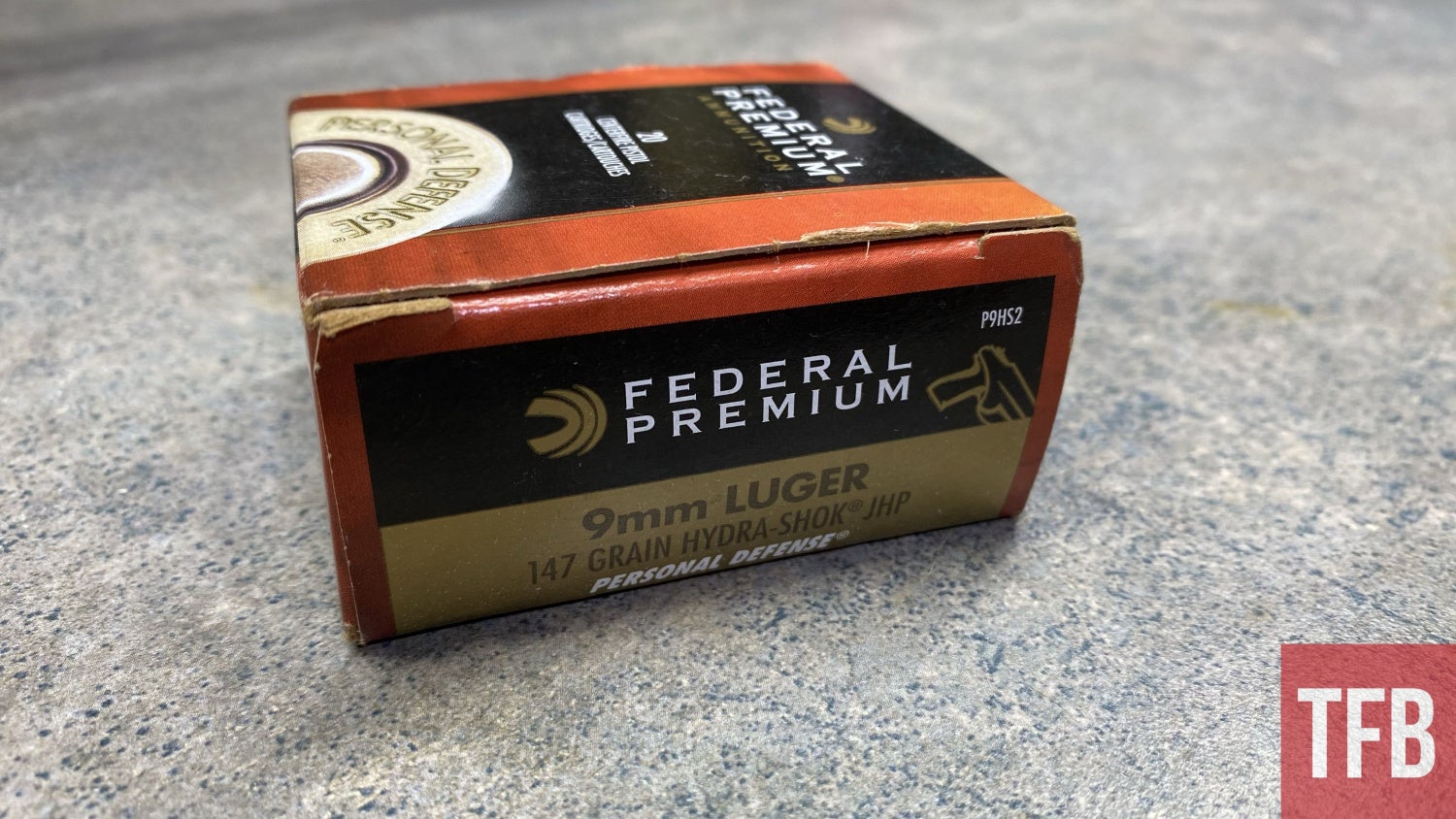
Hybrid Rounds
Another self-defense round type growing in popularity is the hybrid self-defense round. A few different companies are making these style rounds but the most well know has are the Hornady Critical Defense and Critical Duty lines. These have a flexible polymer tip that improves reliability while cycling but acts like a hollow point when hitting soft tissue. Hornady created the Critical Defense and Critical Duty lines for defeating light barriers better than traditional hollow points. The Critical Defense and Duty rounds are excellent at punching through barriers like wood and vehicle glass.
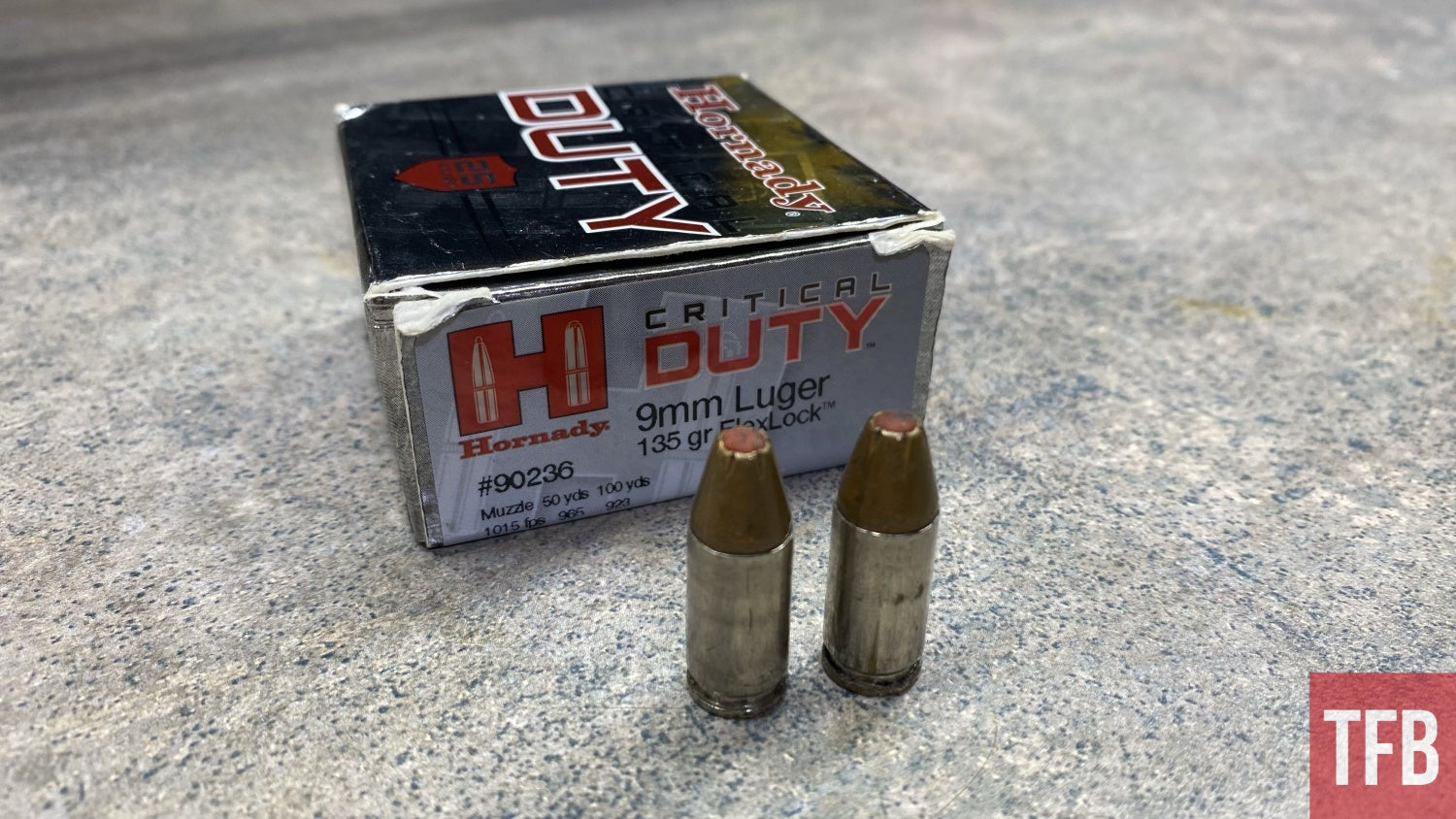
The problem with traditional hollow points is the fact they sometimes will fill their hollow section with debris from a wood door or glass essentially turning them into ball round. The hybrid Hornady rounds fix this issue by including the polymer tip. This red tip allows the round to cleanly punch through options but once it hits soft tissue the polymer tip pushes into the round creating the same effects as a hollow point. This offers a tad bit of versatility without sacrificing a ton of energy transfer. Typically you lose roughly 15-20% on average with energy transfer with these rounds as well as expansion. The polymer tip does allow you to go through barriers but the Hornady rounds don’t quite have the same level of expansion as something like an HST. They are two completely different rounds but it’s certainly a factor to take into conservation.

Avoiding FMJ Rounds
Whether you go with a hollow point or hybrid round, it’s important to get something specific for self-defense when carrying a handgun. I cannot tell you how many times I’ve met people who think regular ball ammo is perfectly fine for self-defense. The only one that can possibly be argued is the good old 45 ACP. The velocity is so low that even with ball ammo you typically don’t have to worry about overpenetration. When it comes to 9mm though, it’s a double whammy with ball ammo. With the higher velocity of 9mm, the biggest problem is the lack of energy transfer into the body since it just zips through and keeps going after exiting your target’s body.
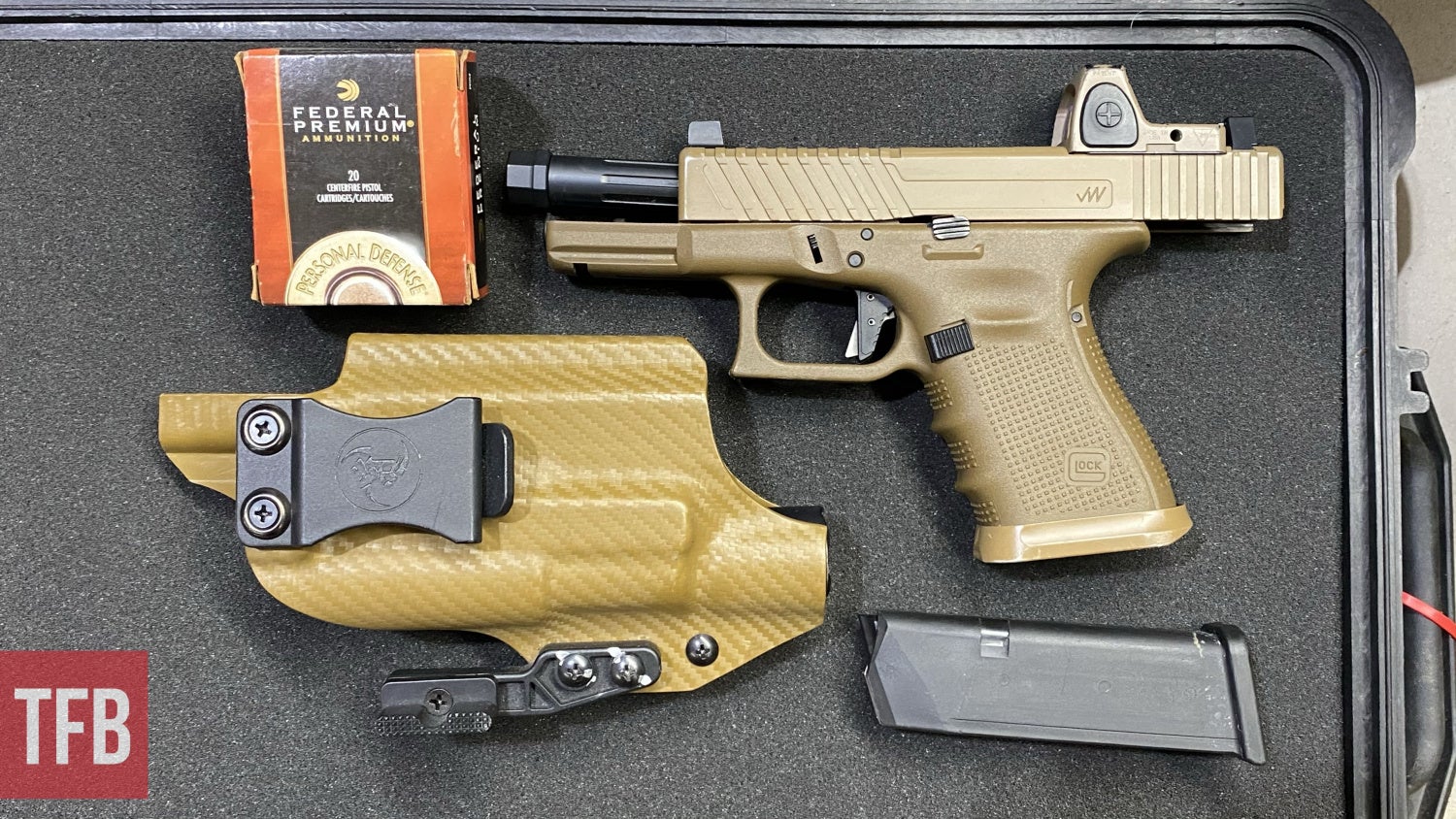
This not only doesn’t transfer energy but also puts you at risk of hurting someone due to overpenetration. So not only will the round probably not put the threat down, but it will also risk collateral damage from overpenetration so it’s a no-win situation. Self-defense ammo isn’t a massive cost even if you replace your ammo every 6-12 months. It’s well worth the cost so it’s not even worth the risk of running ball ammo. Be smart and pay the slight extra.
Overall Thoughts
When looking at your options on self-defense ammo, there are a ton of ballistic charts out there that can help show velocities and energy transfer from ballistic gel tests. When it comes to carrying ammunition the most important thing is to have rounds that feed reliability in your gun and offer proper energy transfer. Ball ammo is not the answer so even cheap self-defense ammo is a much better option than standard range ammo for self-defense. It just puts you in a rough spot legally as well as ineffective at stopping the threat so don’t be that guy.
Let me know what kind of self-defense ammo you guys prefer down in the comments below. Are you the type that sticks with one manufacturer or do you pick various ammo depending on the gun? Let’s hear your preferences down below but remember to keep the comments civil. If you have questions about ammo or firearms in general, don’t hesitate to shoot me a message on Instagram @fridgeoperator. Stay safe out there and we will see you next week for another Concealed Carry Corner.
TFB’s Concealed Carry Corner is brought to you by GLOCK

 Your Privacy Choices
Your Privacy Choices
